Frankly, you should do user research whenever you get a chance. Typically developers follow a product development process like Waterfall, Agile, Lean or some combination of them to develop a product.
Similarly, UX designers also follow suit and use processes like Human-centered Design or Design Thinking to design a product. Now it doesn’t matter what process you follow. What matters is to do the user research throughout these entire processes.
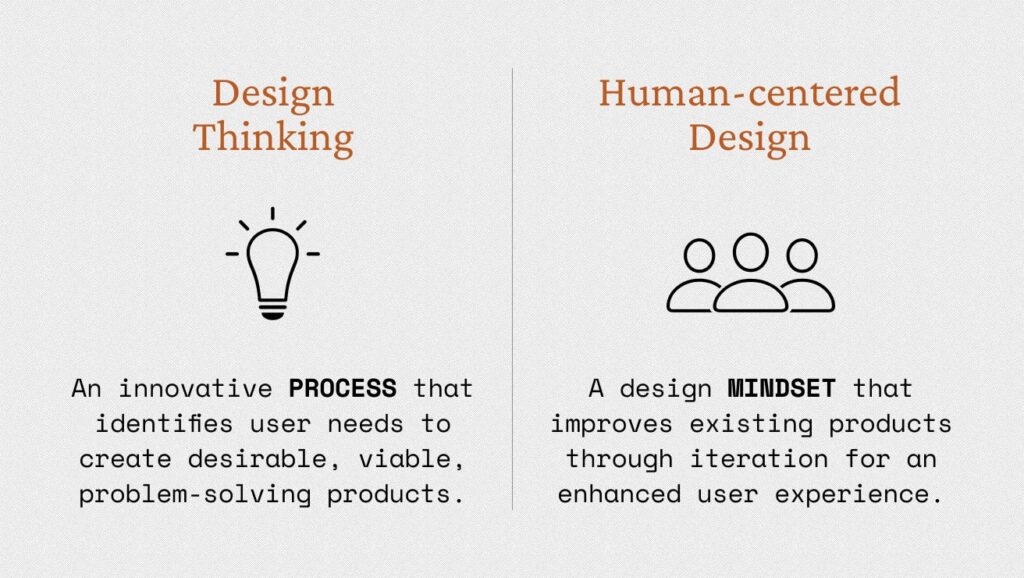
But if I have to point out the specific time when you must do user research in a product development process then I’ll say there are 3 major stages:
- Before design (Foundational Research)
- While design (Design Research), and
- After design (Post-launch Research)
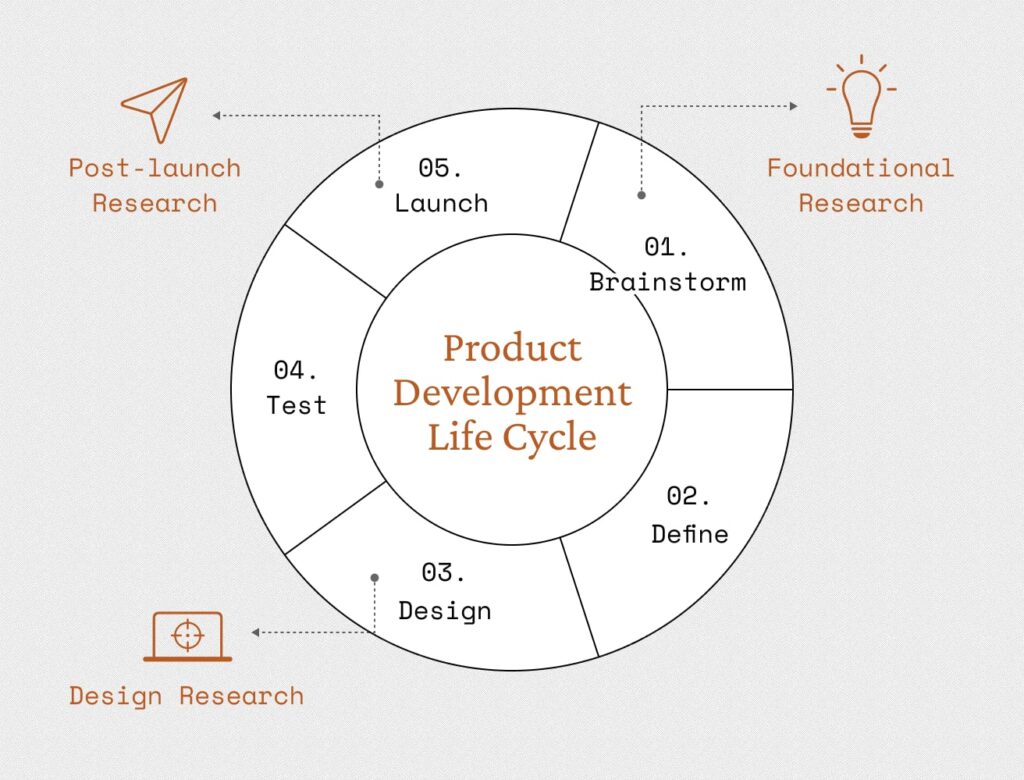
Let’s expand on these different types of research.
1. Foundational Research
The most time consuming user research process among all of them, it’s also known as generative research, exploratory research, strategy, or discovery. This is what you conduct before building your product.
Strategy — User Needs And Business Goals
If you look at Jesse’s “The Elements of User Experience”, the bottom most plane is Strategy. Here your only concern is to think about user needs and business goals. These are the 2 big foundational stones that you want to lay first before going forward.
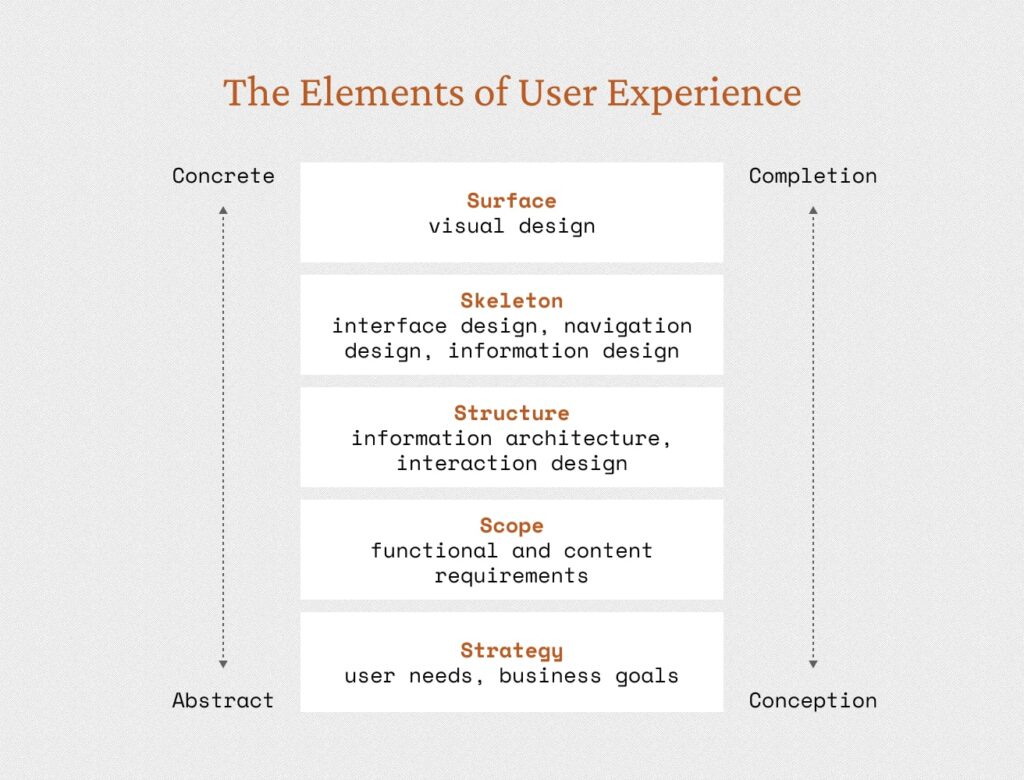
Now most of the founders already know what they want to build in the first place. Even if they can’t see a clear picture, they have at least an outline in their mind. Paul Graham (the Y Combinator guy) wrote in one of his famous essays “Organic Startup Ideas” that there are two types of startup ideas.
- Ideas, who grows organically from your own life. Example: iPhone
- Ideas, you decide that are necessary for people. Example: Uber
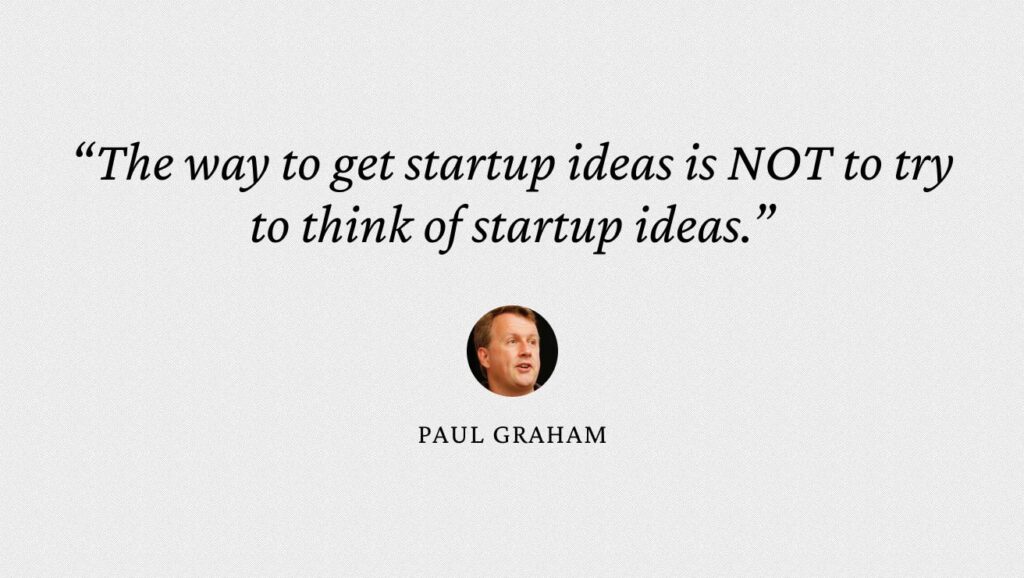
Now, it doesn’t matter where your idea falls (or grows), you want to have some validation under your belt before launching it into the market. And here user research helps you to get that validation.
Discovery — Build The Right Thing
Now, let’s say you have a groundbreaking idea. What is the first thing you do? You go to the internet to:
- discover more about it,
- see if similar ideas are available,
- discuss it with friends and family,
- think whether you’re actually solving a real problem,
- define who is going to need it,
- and finally, can you create a product around it?
That’s why it’s also called the discovery stage. You’re discovering more about your idea, product, feature, service, etc.
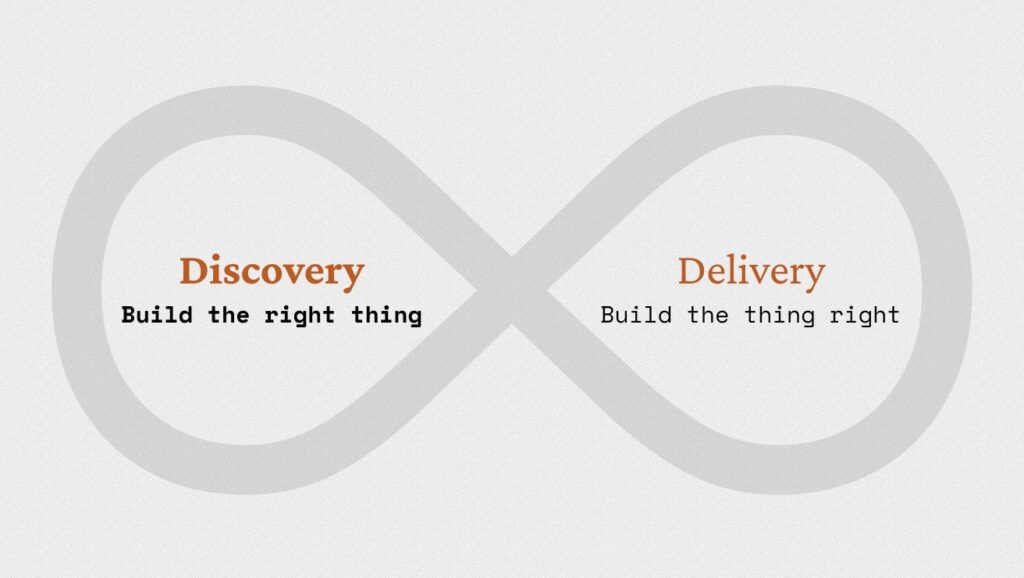
And in this process of discovery, you’ll soon reach a conundrum where you’ll either be
- satisfied with the existing knowledge (secondary research), or
- you’ll want to know something new about it (primary research)
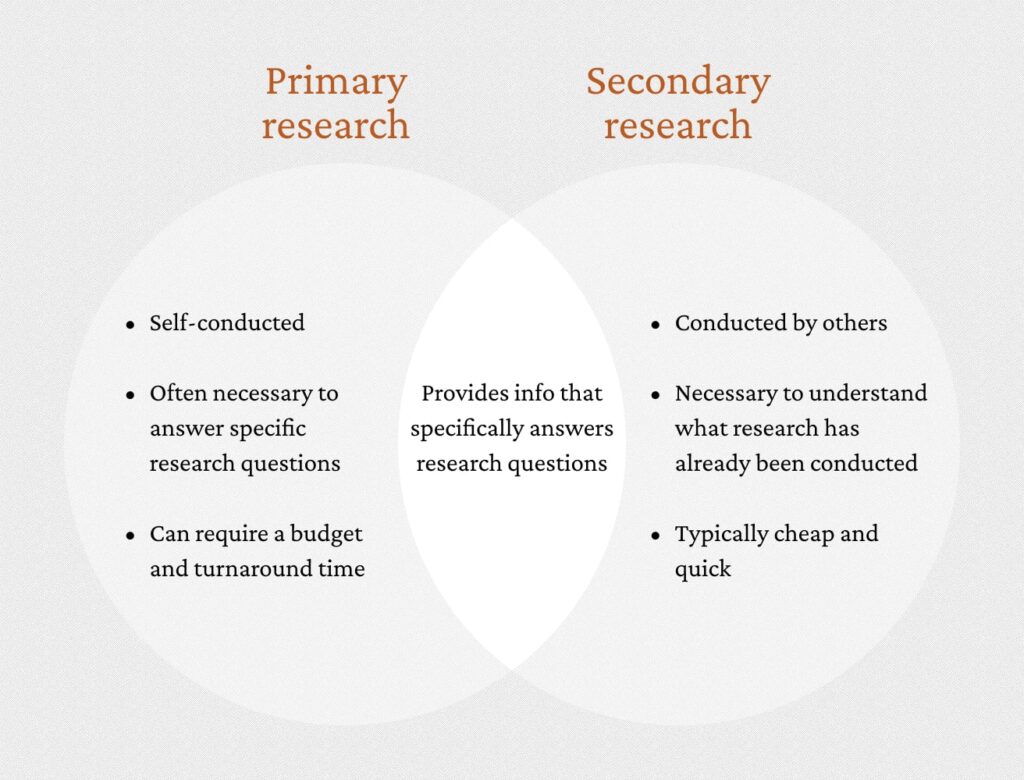
Generative Research
When you use primary research, you generate data, you create knowledge and that’s why it’s also known as generative research. Have a look to a few research methods that you may use here:
- Interviews — You go and talk to people and try to understand their pressing needs, desires, what motivates them, how do they typically behave, etc. But it’s a time consuming process. If you want validation from a lot of people in a relatively short time, then use a survey.
- Surveys — Here you send the same list of questions to thousands or millions of people and collect their response.
- Focus Groups — Unlike an interview where you do 1:1, here you study the reactions of a group of people (typically power users) and learn their perspective about your idea.
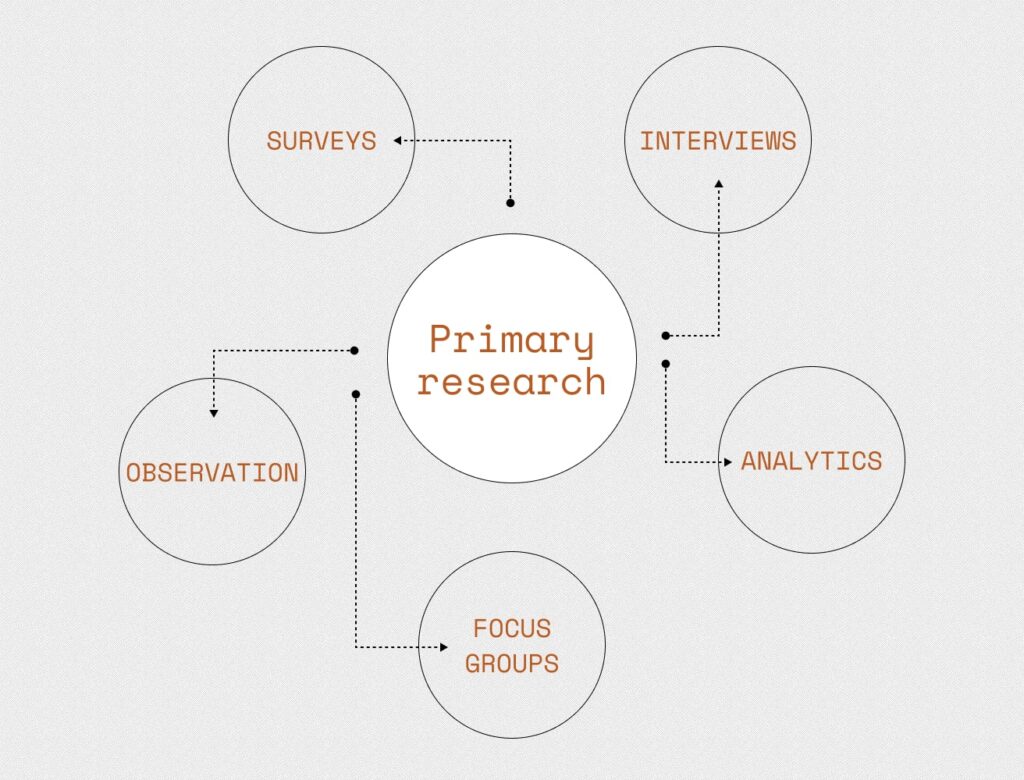
- Field Studies — Most powerful among all of the research methods, here you observe users into their personal environment, preferably without disturbing them to record their authentic behavior. Once you do that then you might question them to get a clear picture.
- Diary Studies — Here a user himself maintains a log of his day to day activities, behavior, experience etc. for a long time and then you use this data to better learn about him and design accordingly.
After doing some of these research methods along with your secondary research, you’ll definitely gonna get a better picture. Here you might also use a metric called IDEO’s DVF framework to test your idea.
IDEO’s DVF Framework To Validate Your Idea
According to this framework, to check how good your idea is, watch it using these 3 lenses.
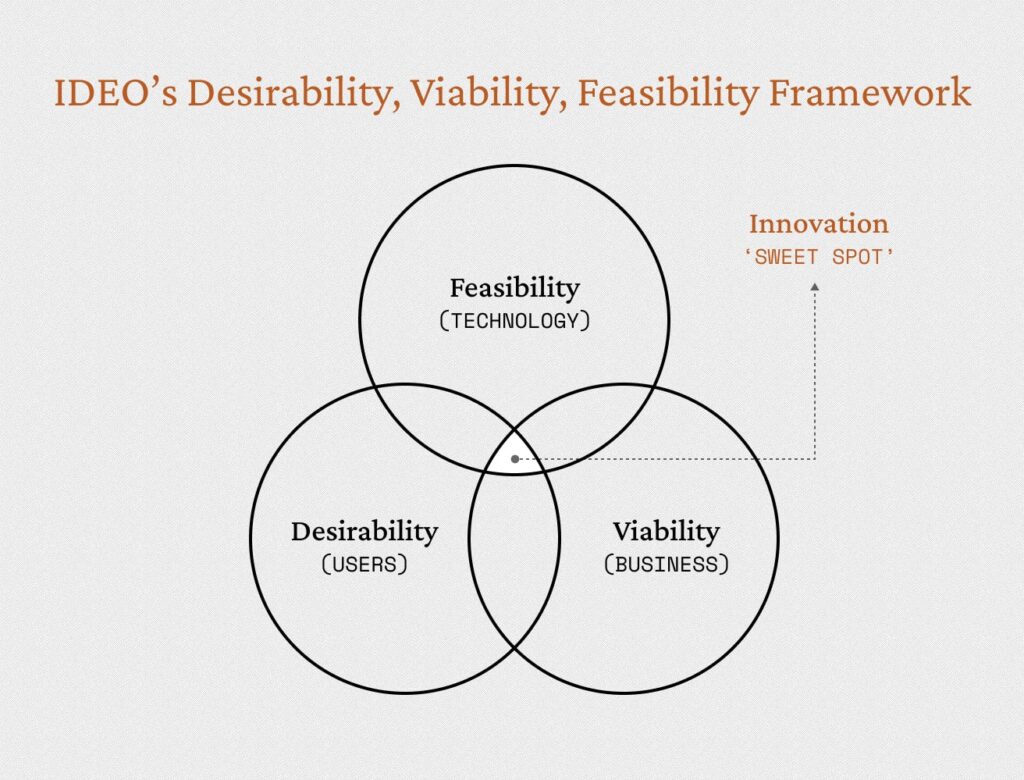
- Desirability — Do you think people will love your product? Do you think they’ll use it even if it looks half-baked? You need those initial die-hard fans of your product. Always start with desirability.
- Feasibility — Is it even possible to build your idea? Look, theoretically everything is possible if you have enough time but you have a limited time. So is it possible to create it within a given timeframe, with the available technology, and limited resources you have?
- Viability — Can you make money out of it? Is it financially viable and can sustain itself? Even a great product like Tupperware couldn’t run for long without generating money, so incentive is the fuel that runs this entire machinery.
If you make a Venn diagram using these 3 lenses then you want your idea to be in that overlapping sweet spot. Now, let’s go to the second stage.
2. Design Research
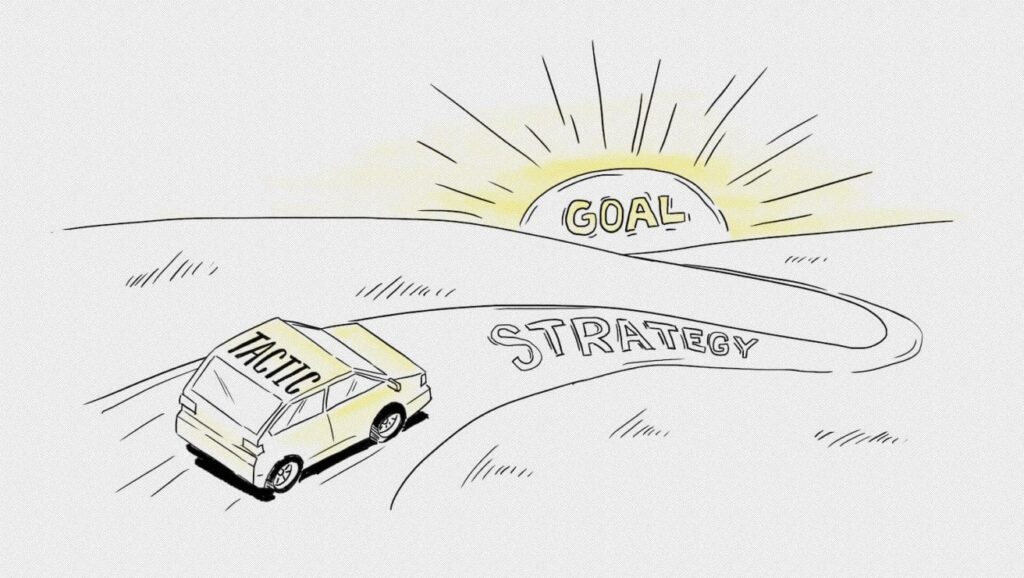
It’s also known as tactical research, evaluative research, or usability research. While the strategy is all about high-level thinking and answers “what” and “why” about your goal, tactical research specifically answers “how” you will reach your goal and provides you the individual steps to reach there.
UX Research vs Usability
Here, a few people get confused between UX research and usability research. So UX or User Experience research is an overarching term encompassing all the things related to the user. And usability is a part of user experience research. Usability is how usable your product is i.e., how easy it is to use.

Tactical Research — The Devil Is In The Details
Now let’s say you have conducted the foundational user research and based on the insights you found there, you have created a user story.
As a small retailer, I want to buy directly online from manufacturers, so that I’ll get a lot of options to choose from, and I’ll not have to close my shop to travel frequently to buy goods from their physical stores, and I’ll get an open Line of Credit (LOC) as well.
Now, to help these retailers / SMEs as well as manufacturers / brands you want to create an online b2b ecommerce marketplace. But you want to play smart and test the water before investing a lot of valuable resources into building that. So you stay agile and start small.
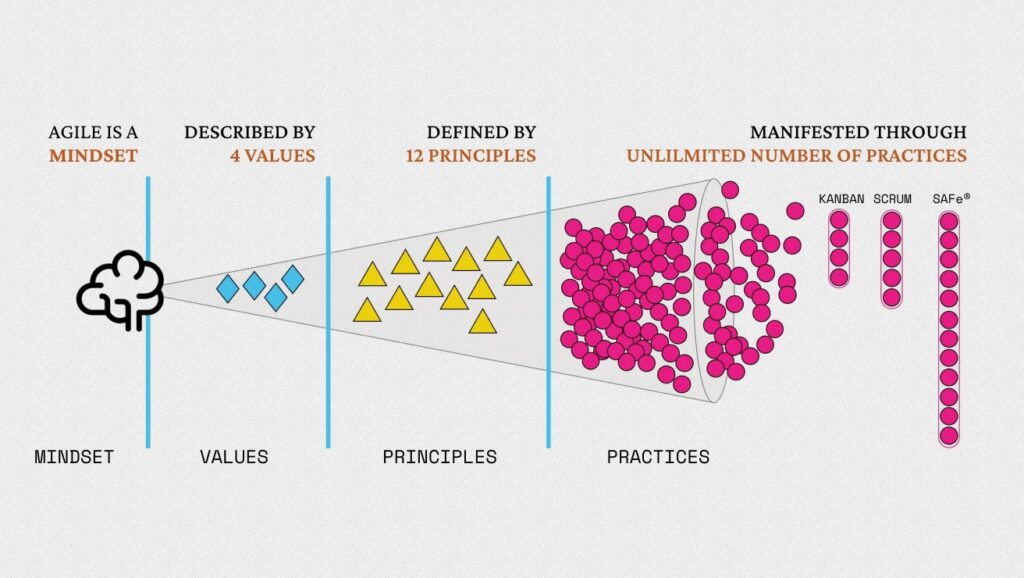
Keep Iterating, Keep Learning
You initiate a brainstorming session and with the help of your team, quickly create a working prototype with essential features. Then you invite your potential users and
- show them your product,
- ask them to perform a task and think aloud,
- notice how long do they take to figure it out,
- observe their reactions (good, bad, confused, frustrated),
- and take their feedback.
Based on how easily or with difficulty they perform their task as well as on their feedback, you are left with two options, either
- Discard your prototype, go back to the drawing board and start again, or
- Make the necessary changes to improve your prototype
and do a second round of usability tests, and then third, and then fourth…. until you think your product is good enough to launch into the market.
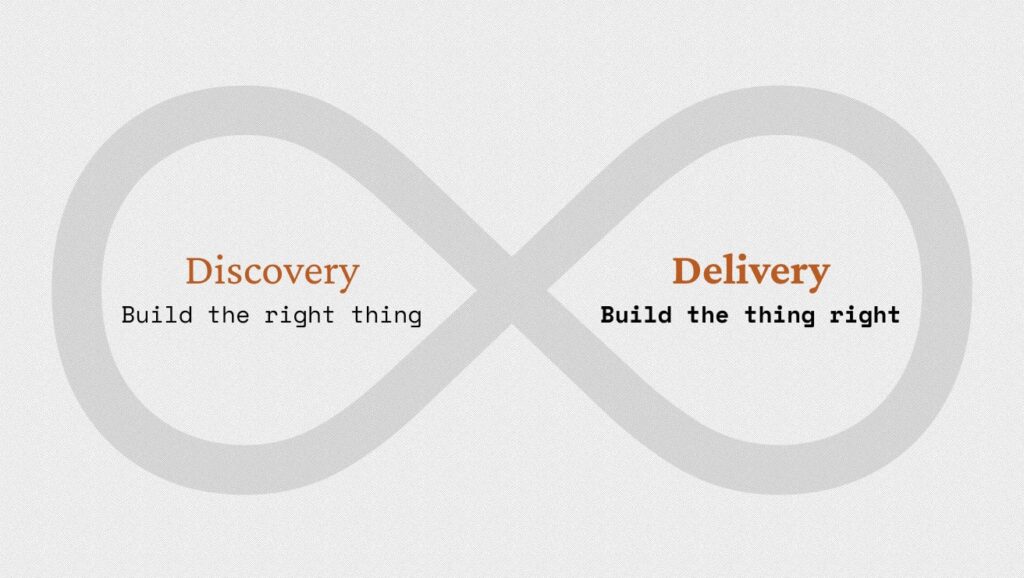
Design Research Methods
In Design Research, Usability study is the norm but of course, a few other research methods are also available.
- A/B testing — You create two versions of a product and measure which converts better.
- Cafe / Guerrilla / Hallway testing — Ask strangers to take 5 to 10 minutes of their time, test your design or give some feedback.
- Card Sorting — Mainly used to figure out the information architecture of a product, here you ask people to sort individual labels written on sticky notes into categories that make sense to them.
- Intercepts — A subset of field research, it’s a research method used to get onsite feedback from users. You see their usage usually in events, restaurants, conferences etc. where people take their patrons spontaneous feedback about their service, product, ambience etc. right at the spot while the experience is fresh into their memories.

Note: Make your prototype visually pleasing with each round of iteration. Once everyone is satisfied with the prototype whether it’s your internal team, stakeholders or potential users, go ahead and code the product and launch it. After that prepare yourself for the third stage: Post-launch research.
3. Post-launch Research
This research begins, after you launch your product into the market. Here you either proactively go and talk to your real users who are actually using your product and take their feedback or browse comments on Google’s Play Store or Apple’s App Store or social media to see what the people are talking about.
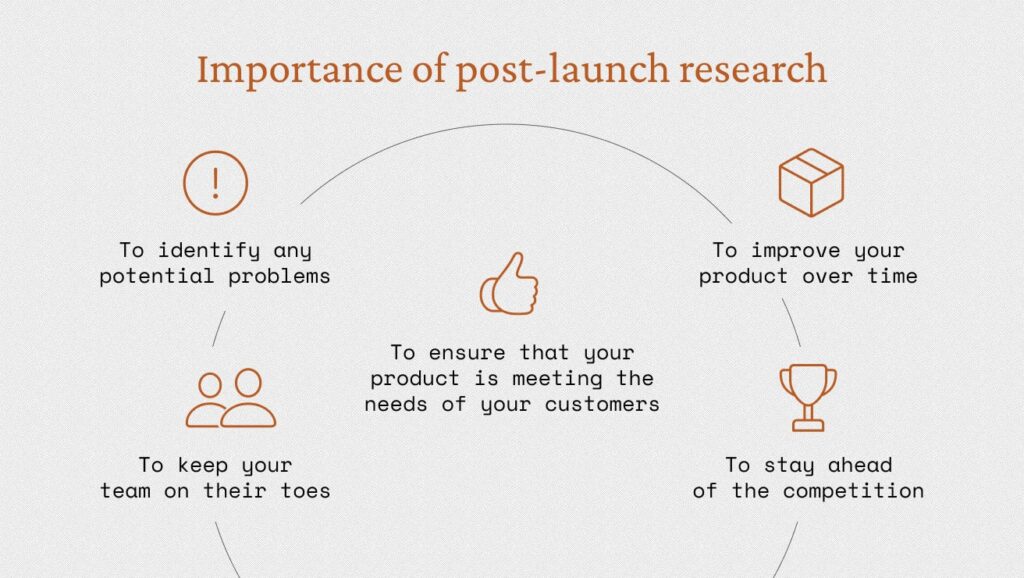
This is as real as it gets. So prepare yourself to get blunt remarks, shitty ratings, and crude comments. But this is also a huge opportunity to get the verbatim feedback from your users and quickly improve your product. Have you noticed, where in the previous two research stages, you were spending money to get people’s feedback, but here you’re receiving it without even trying.
Here, other than market’s feedback you also measure your product against few established metrics like adoption, usage rate, user satisfaction, task completion, etc. Also, you might conduct a competitor analysis to see how your product is performing against your competitors.
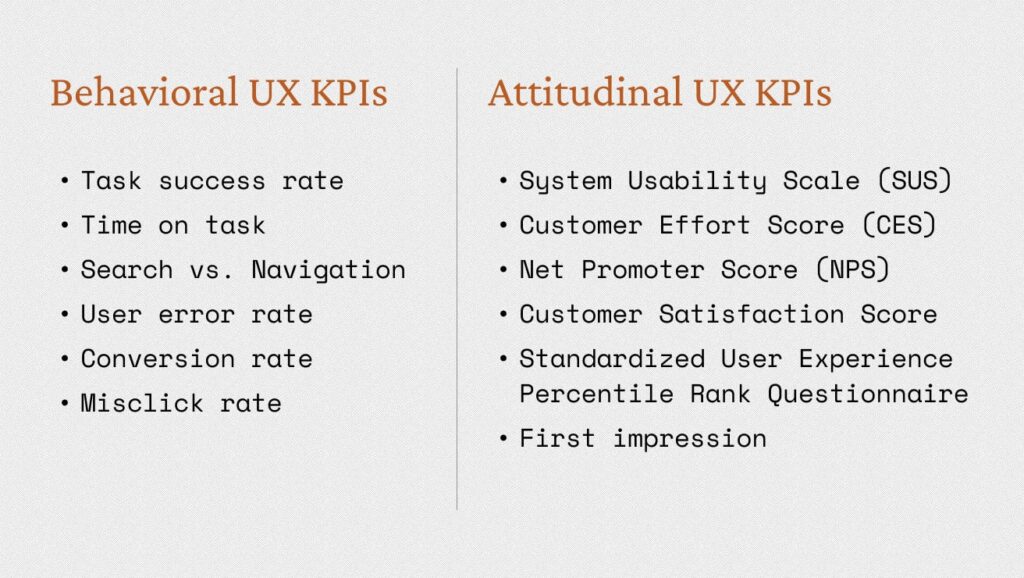
Go where your users live, work, and spend their time to see the context where the action happens, where they use your product. You observe them, talk to them, and collect their feedback. Then you
- collate all the data from different places,
- analyze and synthesize it,
- make the appropriate changes to your product, and
- relaunch your product.
The research methods you use in this stage are more or less similar to previous research stages. You may conduct multivariate testing, usability testing, surveys, interviews, etc. But most of the time organizations rely either on Google’s analytics or any other analytic tool (Mixpanel, Kissmetrics) to learn about their product usage.
So that’s it. These are the 3 specific times when you must do user research. And mind you, this is a cyclical process. So it’s not like you do it a couple of times. You do it not only throughout your product development lifecycle but throughout your product lifecycle i.e., as long as you have a product, you’ll have to do it. It’s a never ending process.
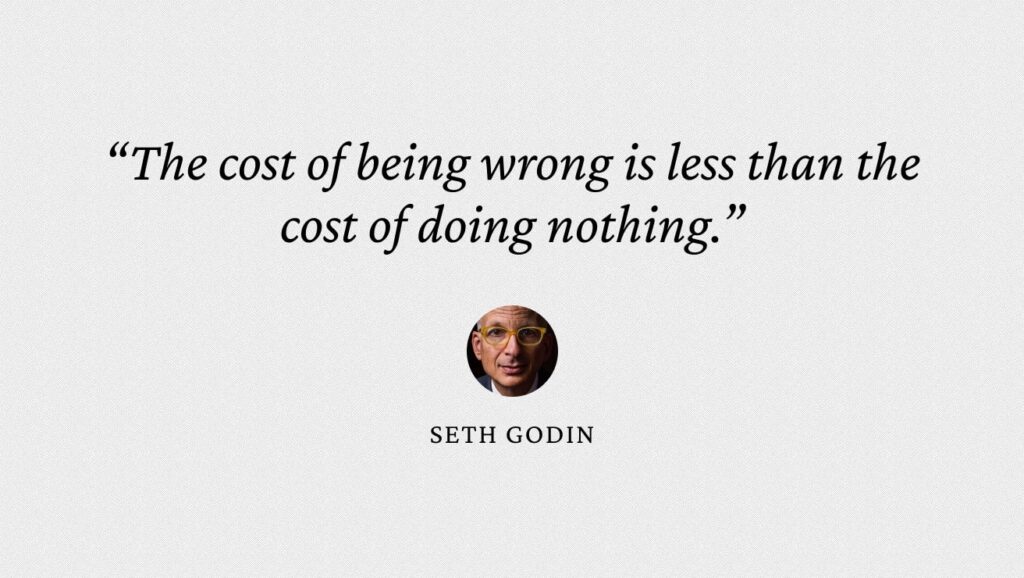
There won’t be a time when you have a 100% perfect product. Especially in today’s cut-throat competitive market, you’re always on your toes. Innovation is a never ending race where you can’t stop. There is no finish line and better runners are always emerging.
